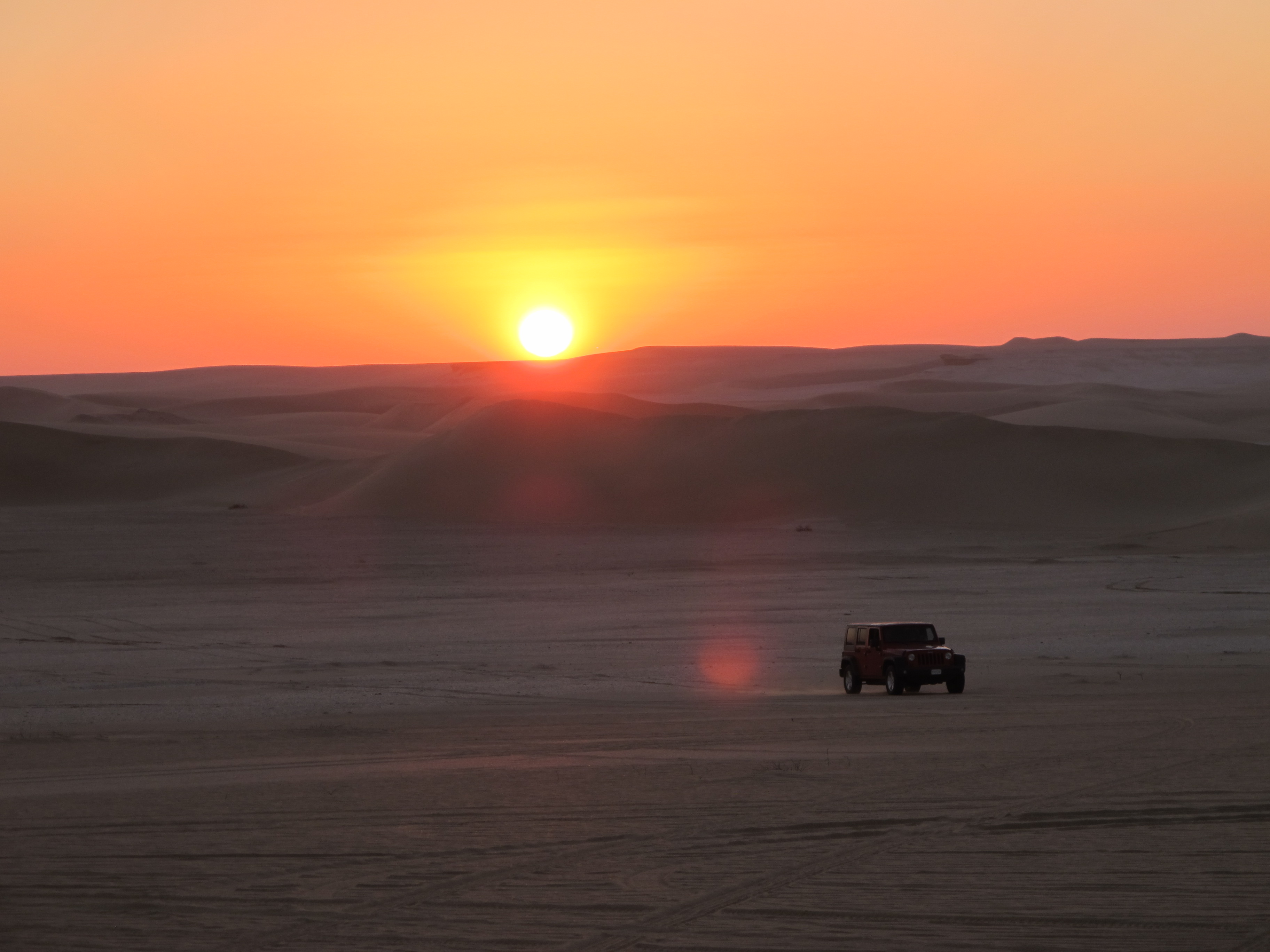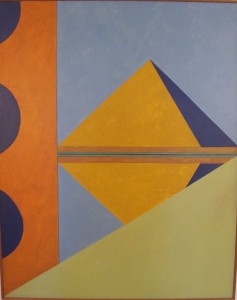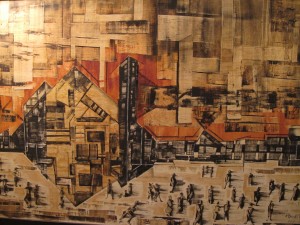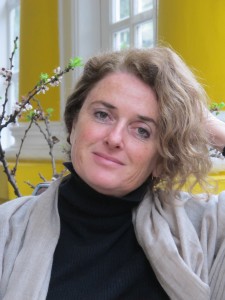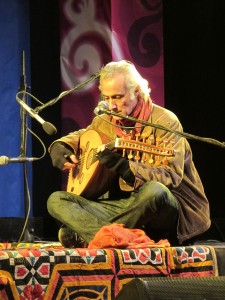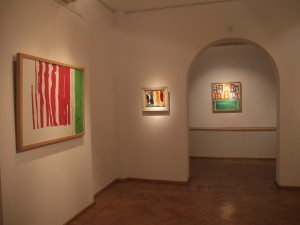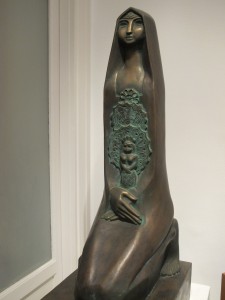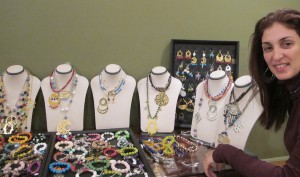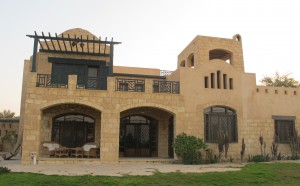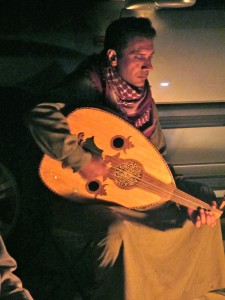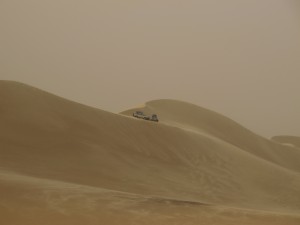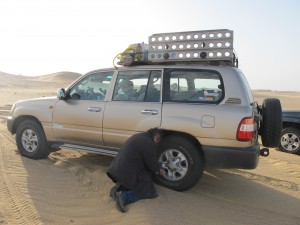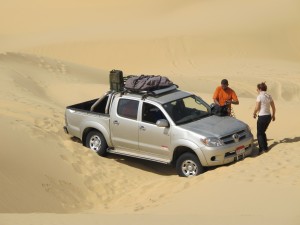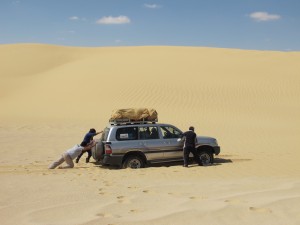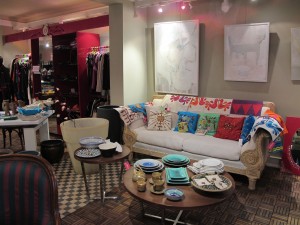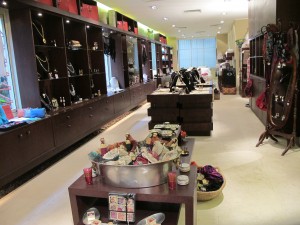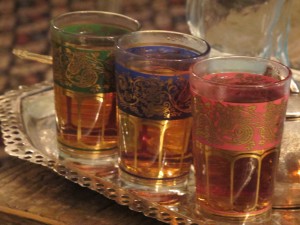Champollion is the man that is commonly known as the Hieroglyphs’interpreter. Only a few know that it’s a Swedish name – Åkerbald – that’s ingraved in the Egyptian Museum’s façade. It was him that started with the difficult task of trying to translate the Rosetta stone’s engravings. Pharaoh’s history has intrigued and interested all visitors since centuries. But now it seems that it’s swinging on a thin thread. Shall the land of the Pharaohs survive yet another chaotic period? And what do we discern through the emerging shadows after the euphoria of the last Revolution?
Conspiracy theories
I decided to travel there to find out for myself. “One year ago we were proud to be Egyptians. Now the military and the Islamists have kidnapped our revolution!” Ahmed, a liberal, tells me. The atmosphere is gloomy amongst most Egyptians I talk to. “I used to be a guide, now I’m unemployed” says Jenan. “My buisiness was blooming, now everything is at a standstill,” Mohammed can’t help frowning his eyebrows. “Our restaurant was always full, now it stands more or less empty and we don’t know if we’ll get the rights to sell alcohol with this new governement!” I don’t see any tourists in Cairo at all. I get to Tahrir only to find the square in a desolate state. A doll hangs from a pole with a rope around its neck, some tents are spread out here and there along the garbage and the hated head-quarters of the last governement’s party stands darkened by the fire as a colossal reminder of a not so distant past, next to the Egyptian Museum. “Thank God that the Museum was saved from the flames,” I think as I pass by the deserted building. “This is but a conspiracy from the USA and Israel to destroy and control the Arab world,” says Karem who has adopted the official theory, blaming the revolution on outsiders.
Tahrir painted by Ayman Taher
Karima Khalil Georges Kazazian
Cairo’s art scenery
There are however a few sunshine stories and one of them is definitly Cairo’s blooming art scenery. Street art is a novelty in this otherwise quite conservative country – and can be found in some of Tahrir’s adjoining streets. Alaa Awad is one of the upcoming stars and the street is his atelier. As long as he’s not arrested, he shows his solidarity with the revolutionaries through his art. A few blocks away, the military – fierce looking – are surveying a demonstration. “For how long will they let artists like Alaa continue?” I wonder, as I pass by.
In the ancient colonial area of Zamalek, there are quite a few interesting galleries and hang-outs with an assortment of young activists, Internet-connections, newly published books about the revolution and cafés where the latest political events are being lively discussed. One of the nicest being Loft (www.loftegypt.com) and another one worth the detour is the bookstore/café Diwan. One of the major arguments was who’s going to become the country’s next President and how much power he’ll have. There are many new candidates coming up for the elections this spring.
The half-Swedish/half-Egyptian woman, Karima Khalil, was brought up and has her family in Egypt. She has been and still is active in supporting a peaceful, liberal transition. “Messages from Tahrir” is the excellent photography book that she has edited (AUC Press 2011) and which income goes to the people injured during the revolution. “Unfortunatly the liberals aren’t so well organized,” she sighes, as I ask her if the liberals stand a chance.
The revolutionary atmosphere with grafittis on the wall of a rather shabby cultural centre, situated under a heavily trafficked bridge, is enhanced by the wonderful Arabic lute played by the musician Georges Kazazian for a full house.
As a contrast, the Zamalek Art Gallery, show mostly well-known Egyptian artisits. The proud owner – Naheda el Khoury – showed me around the impeccably painted gallery with its impressive paintings and sculptures. A bit further down the road, another gallery – Safarkhan Gallery – show the pastels of the well-appreciated Egyptian-born Parisian artist, Katherine Bakhoum.
The jewellery designer Ikram Barakat
sell her colourful jewellery both at home and in different shops around town. Her price-list is on the lower side and you get a good value for the money and a piece of unique jewellery to bring back home.
The artist Ayman Taher invited me to his designed home and atelier outside the city centre. Several compounds have been built in the desert. Some for the poor and others surrounded by high walls, a bit like in Florida, with guards hindering outsiders to get in to magnificient areas with lush gardens, golfs and beautiful villas. The architects Soheir and Rami Dahan have designed some of these houses in typical Islamic style with vaulted roofs and opened spaces. Stylish and simple yet highly esthetic. Their hotels adorn like pearls the oasis and sea-front villages around Egypt. Ayman also fell for the couple’s ideas and let them build his house. He started his career as an under-water photographer and became world-known as such before shifting to painting.
Nermine Hammam is a young photographer whose speciality is to paint wild colours on her pictures. “Foucault is one of the writers that inspire me,” she says and shows me the texts that explain some of her pictures. There are two galleries showing her works in Paris in March (www.nerminehammam.com).
Ayman Taher’s house and atelier
Marzouk
Trip to the desert
After a few hectic days in Cairo, I travelled with friends to the desert. We were a caravan of several jeeps – the trip was organized by the expert Marzouk (www.marzouk-dc.com), a true desert-fox with a large experience from years in the sand-dunes with unexperienced tourists, along with his team of extremely nice and competent beduins. We drove into the Western desert, in the direction towards Libya. After the oasis Bahareyya, we turned and continued in the sand. The tires had to be emptied of air to drive in the soft sand “like the camel feet”. But after a while the sand turned hard as cement and the same procedure had to be repeated but the other way around. The desert is like any other landskape with its different shapes. There is the black desert, the white desert, the hard or the soft sand, the stony or the smooth sand, the flat or the hilly one…
The King of the desert being of course the camel and its one thousand denominations. Gamal Dourrah – a Presidential candidate and fellow traveller – told me that a baby camel has twelve names from its conception to its birth! What a homage.
At night around the fire, Hassan honored us by reciting ancient classical Arabic poems. One of the most beautiful languages there is, I thought. Love was a common theme. I couldn’t help wondering about what love will become in this land of belly-dancers? How could anybody possibly find love under a black tent with solely a pair of eyes peaking out through slim holes? Don’t the men understand that they also loose a whole lot by hiding their women this way? Turning them into objects? I miss the colourful country-girls and the youngsters’ laughs in the cotton fields.
One of the beduins took out his Arabic lute at night and played for us. The sky was full of stars usually hidden by the light-pollution we are otherwise subjected to. “The stars move and are less clear, while the planets are brighter and don’t move”, I was told. Sure enough! Lying on my back, content and tired after the day’s driving and the delicious dinner: lamb burried in the sand and cooked over hot charcoal for about two hours. We spent the sunny days raising our tents in different places, pick-nicking in the sand-dunes, sand-surfing, getting stuck with the jeeps and having to dig them out with our bare hands and meditating in the sun-sets and wonderful sun-risings. The emptiness, the tranquility, the eternity of the desert were stunning.
When the sand-storm started, the sand felt like needles, burying its nails into any uncovered part of the skin. The tents that weren’t properly attached flew away, the sight became blurred. I wondered if we would ever make it back to civilization or if we would be buried there like any old mummy. I felt small and humble, facing destiny.
Shopping
Apart from art, there are also nice shops that support women’s work. Their creativity and a possibility of becoming economically independent is enhanced through bying their beautiful handicrafts. I found everything from embroideries on leatherbags, soaps, towels, cotton clothes made out of the long fibered Egyptian cotton, and a whole series of objects made after the revolution with inscriptions like “freedom” or “democracy”. Some shops are more exclusive than others – like Siwa creations (www.siwa.com) – others a bit cheaper like “L’Oiseau du Nil” with a large variety of handicrafts. In “Mamelouk” they sell a full assortment of most things found in the souk and more than that.
Finally a drink at sunset in Mariott’s luch garden is a must before returning home. “Enjoy your drink while they’re still serving alcohol!” Amr told me. “Maybe they’ll only serve it to tourists in the future and not even that is certain any more…”. I don’t know whether to smile or to cry, remembering the times when Cairo used to be called “Little Paris” and as a proof I bought the book “Imagining Egypt” with Lehnert & Landrocks’ black and white pictures from the 1920s.
When the airplane lifts and flies over the Pyramids, I pray silently that no crazy fundamentalist gets the idea of blowing them up or of dressing up the Pharaoh’s statues as they’ve already threatened to do. “No idolatry in our pious country!” they said. “No idiocy!” I hope, so that I may soon return to the country of the Pharaohs and still be amazed over the mixture of Pharaoh’s, Roman, Christian and Islamic art that mirror Egypt’s thousands years old history.
Anne Edelstam, Paris.
